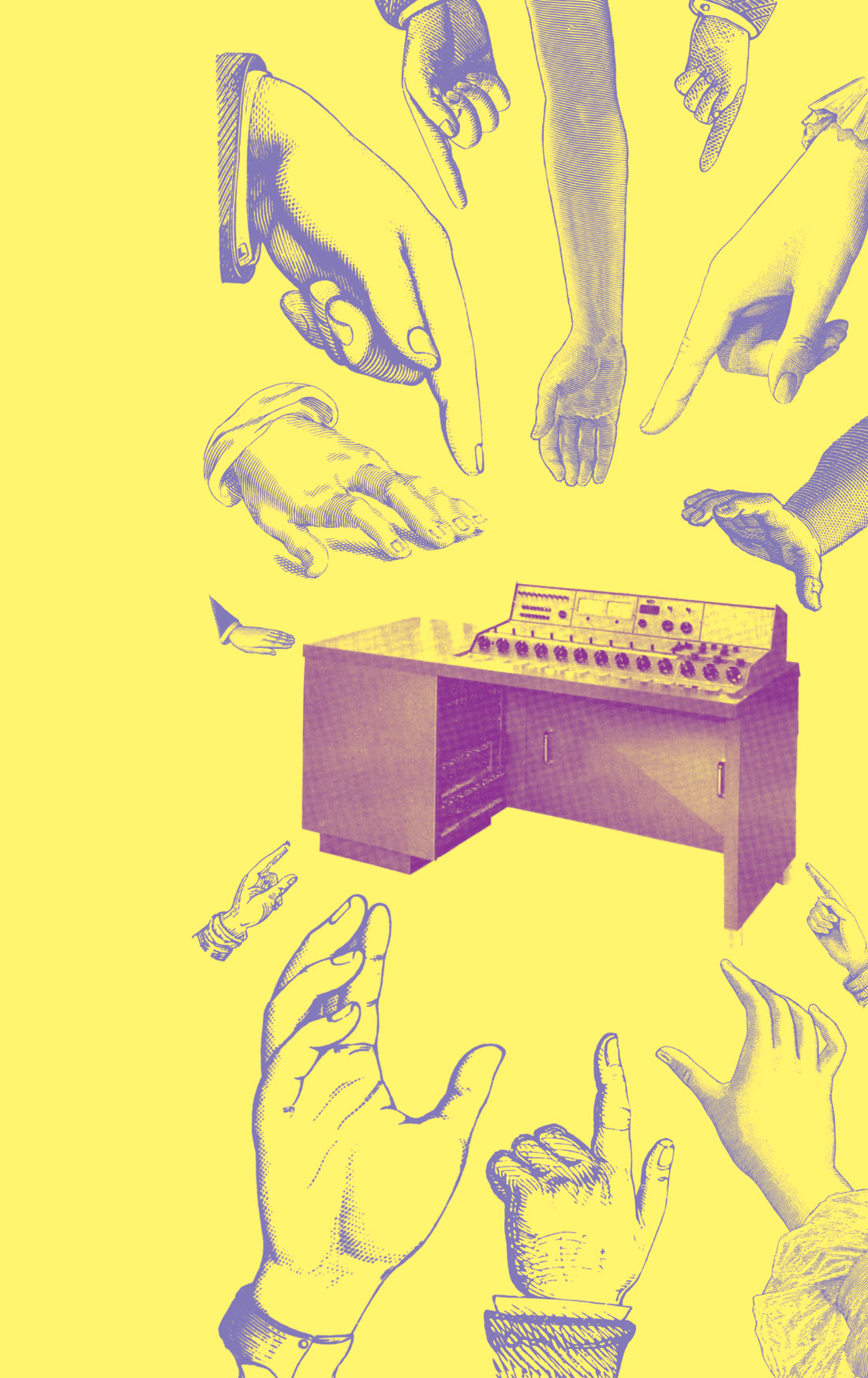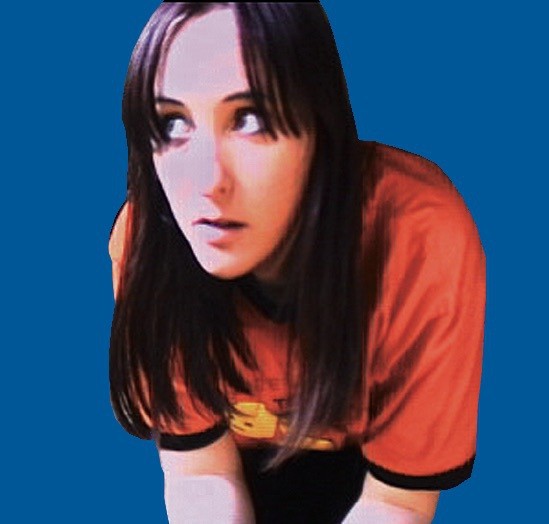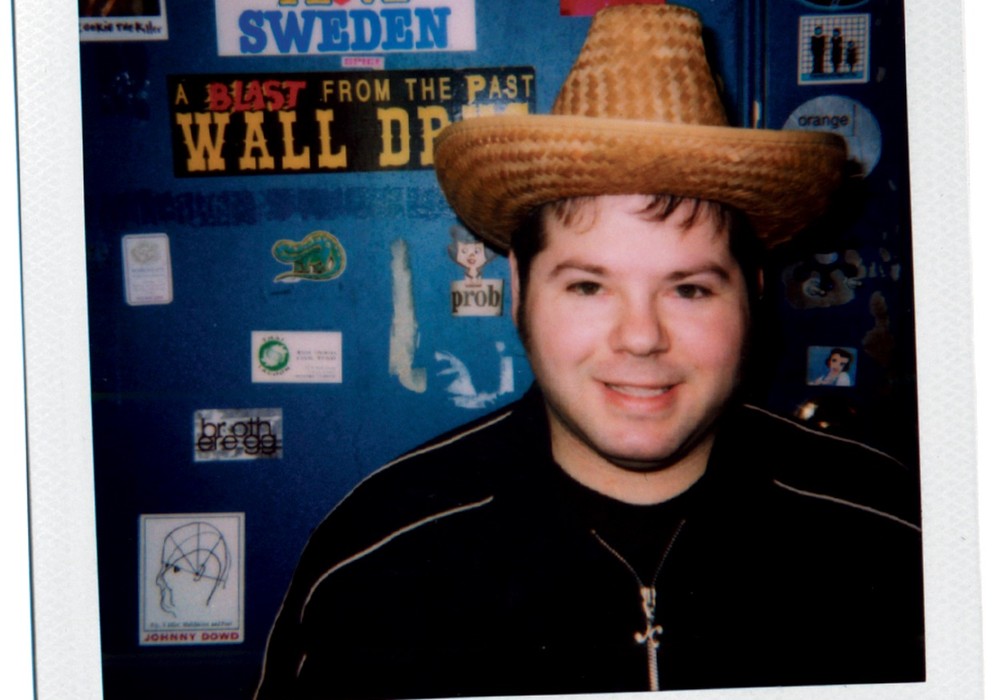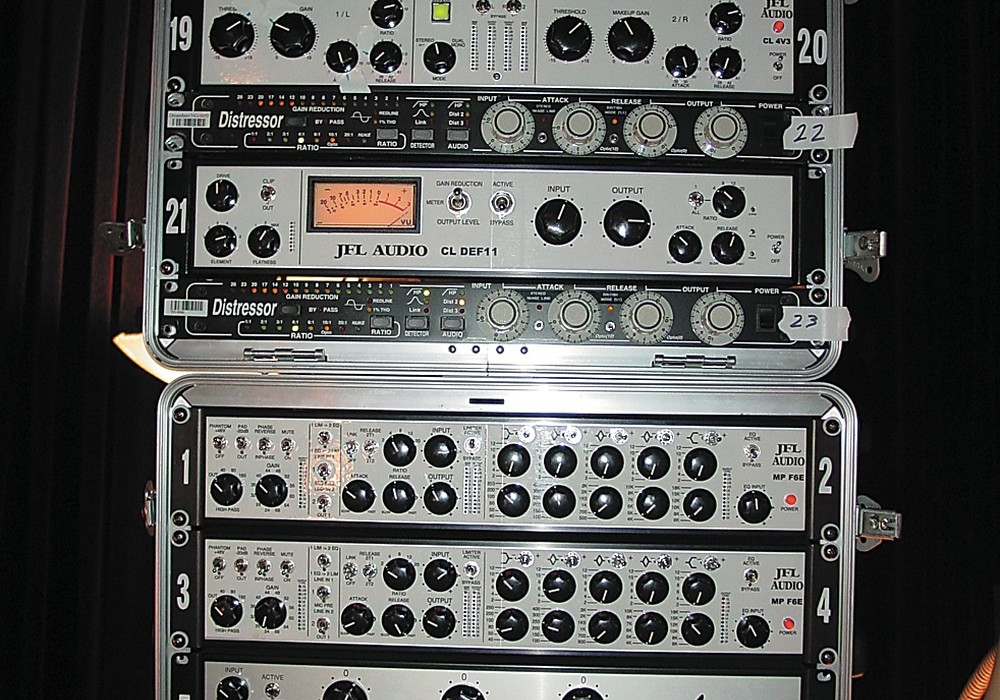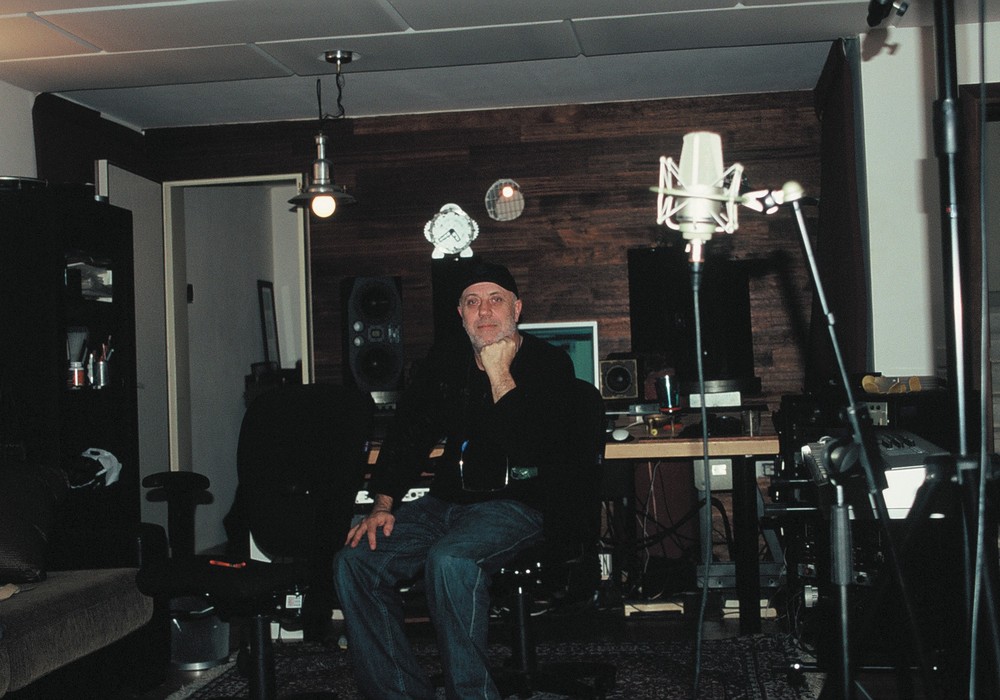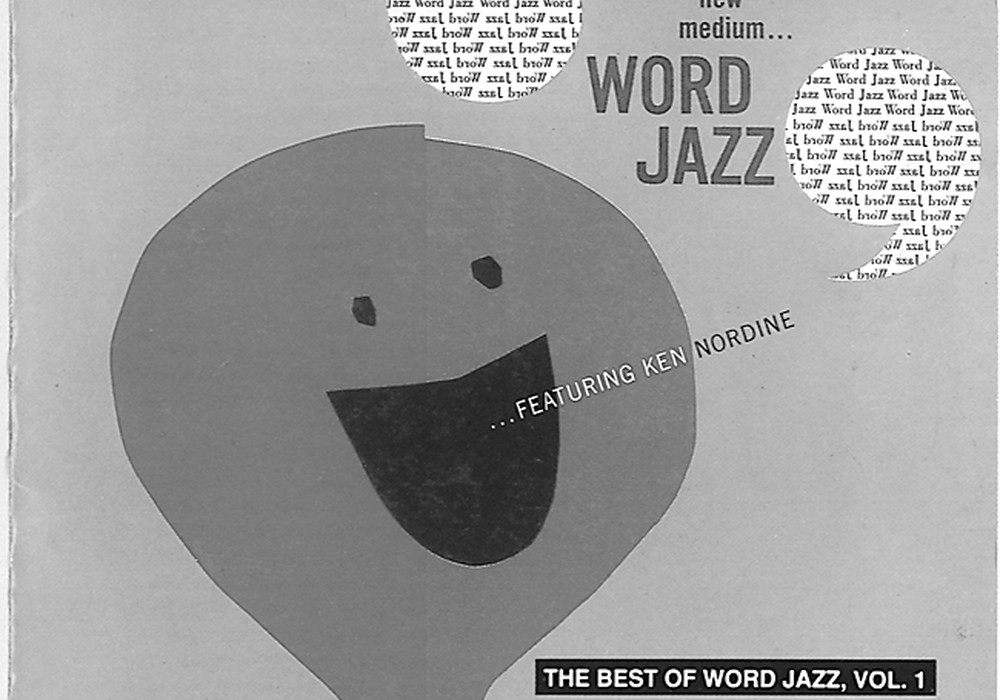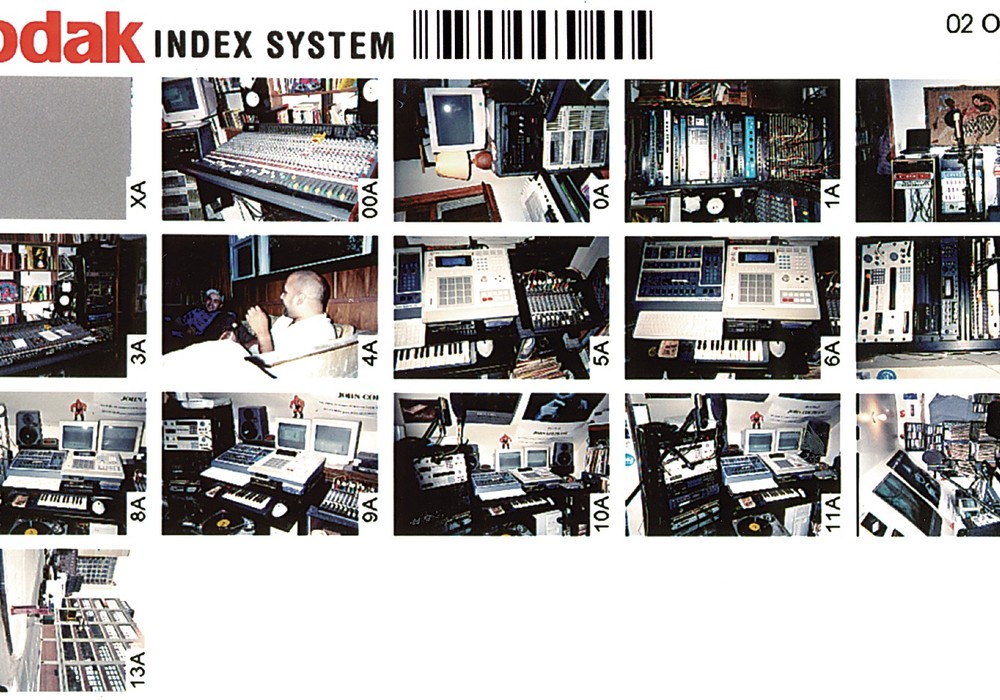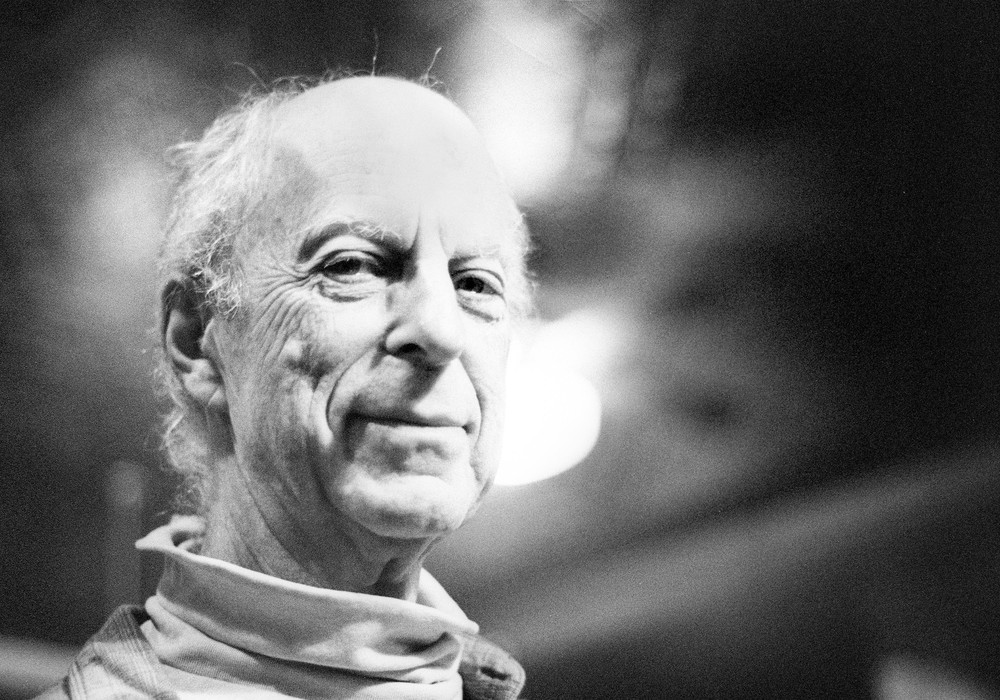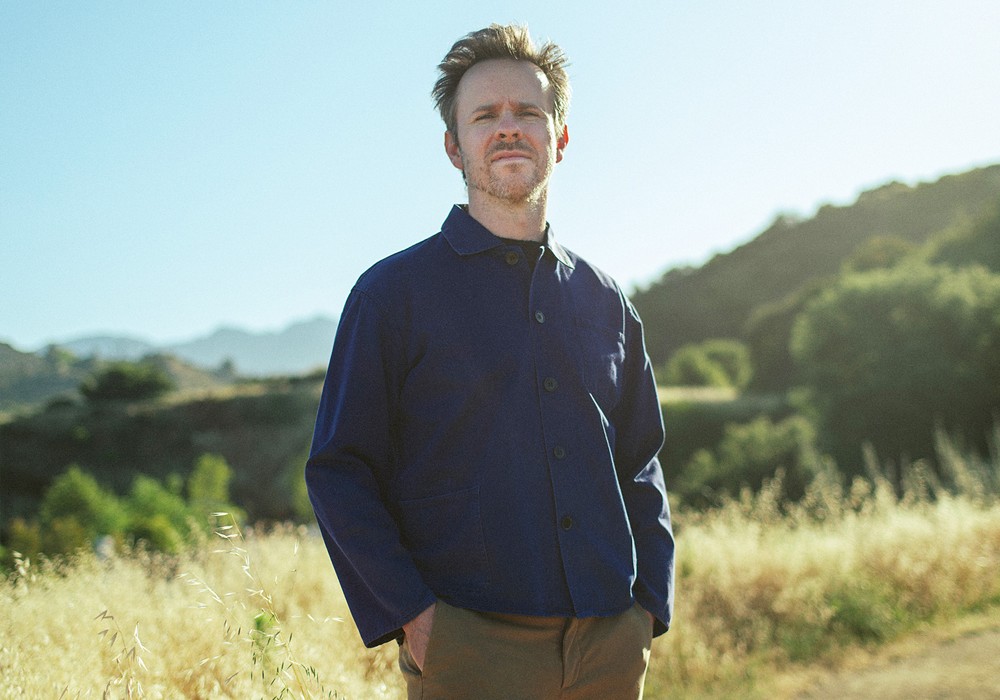"I've always been recording things, but it didn't start with sound — as an adult, it started with visual materials. I've always been using collage in the way that I work. When I started using time-based media, I was using video. When I was in college, I was doing video collage. When I left college, I couldn't use an edit suite anymore because it's too expensive, so I resorted to sound recording as an art form, because it's the only thing I could do. But it's not just that. At the same time I was also getting into doing radio in Brighton. I was given the opportunity to have a radio show, just at the right time, which kind of gave me enthusiasm because I knew I had a public outlet for what I was doing. So basically it was a combination of DJ'ing and then realizing also that it could go beyond the public entertainment and actually making it into an art form in itself."
She started creating her collages with turntables, a DJ mixer, and a reverb unit. "Then I started borrowing someone's 4-track, just a cassette 4-track, Fostex thing. I started thinking about things more in terms of a soundscape. That was still while I was DJ'ing. And then in '91, I bought my friend's Amiga 500 computer. I bought it with the intention of bumping up the graphics and doing video editing, which I didn't actually manage to do for another 8 1/2 years, because he was using it for music. This bloke is actually on my double remix CD, he's Katy Brown [Kevin Browning], and this is who I bought my computer off of 8 1/2 years ago."
"I basically carried on using sound because it was too expensive in the end to actually bump it up to doing video. I was using this tracker program which everyone used to use, which is basically this program which runs vertically on a computer screen. You can improvise live with your samples, and keep changing the rhythms of the samples being triggered. It's very easy and you don't have to use MIDI or anything — it's all internal. And then I bought this sampler that you plug in the back of your computer, called Techno Sound Turbo. It's an 8-bit sampler, cost me 26 pounds. I basically did my first two albums on that: 'Another Kind of Humor Another Kind of Murder,' a split album with Abraxas on Serpent, and the second 'Lowest Common Dominator.' They were both done on 8-bit samplers, not because I was being romantic, but because it was a financial constraint that I had."
"The Amiga 500 started off about 1/2 a Meg, and it got upgraded to one Meg [of] hard disk. It's a games computer. So all the samples were within this 1 Meg of sound, all the samples I was using were already in there. This program [was] called Med, and then there was this upgrade called Octamed. Med was a 4-track, tracker program. There were loads of different programs called trackers, which ran vertically on a screen, not horizontally like programs now. You would be able to assign certain points running down the screen, where you could actually write in what samples you wanted triggered as it rolls past you."
"It rolled like a will, so you would punch in sample numbers that you wanted by bringing them up on the screen. You'd select your samples as it was playing, and you'd punch them in by pressing your computer keyboard. It would assign the number or you would assign the number, and you would use your computer keyboard as a 2 1/2 octave key range, and you would stick tape on to the first and third keys of your computer, and use it like a piano."
"You could manipulate the samples, by going into another bit of the program. It was a great program. I wish you could get it in 16-bit, I'd still be using it! You'd be able to boost the sample, echo the sample, filter the sample. It was all in 8-bit, and so it had this kind of weird sound to it. I bought...
The rest of this article is only available with a Basic or Premium subscription, or by purchasing back issue #18. For an upcoming year's free subscription, and our current issue on PDF...
Or Learn More
